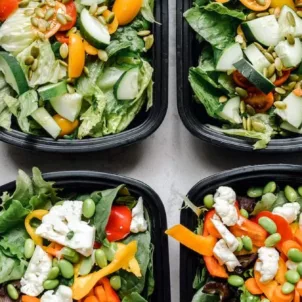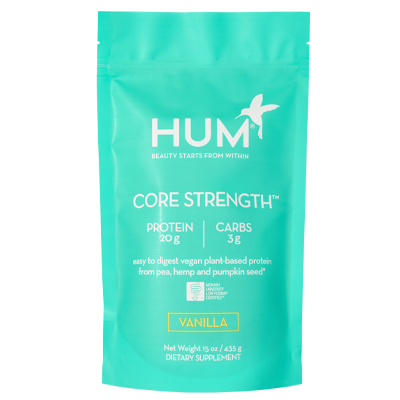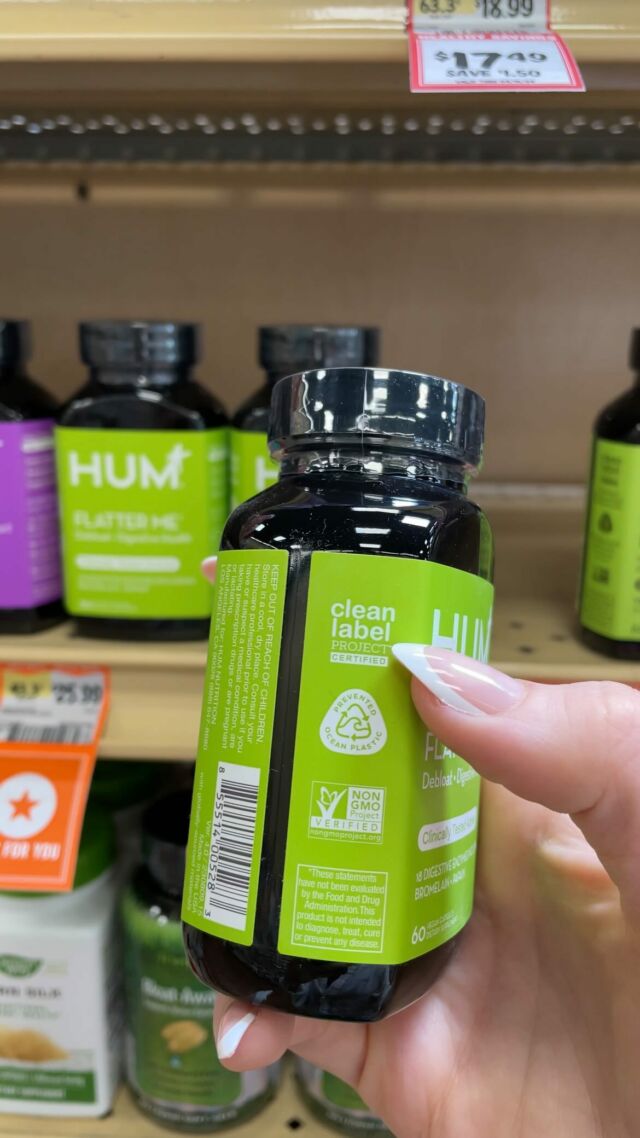13 Creative Ways to Use Protein Powder (Without a Smoothie in Sight)
Not into smoothies… or simply growing tired of them? We spoke to RDs to find out how to use protein powder in seriously delicious and creative ways.
After a hard workout or training session, many fitness enthusiasts and athletes turn to their favorite protein powder to make a quick smoothie or shake to refuel. In fact, protein provides the building blocks (in the form of amino acids) necessary for your body to grow and repair muscle, skin, hair, and more—as well as help essential bodily functions like managing blood sugar and even keep you feeling fuller longer.
But it isn’t just athletes who can get value from adding protein powder to their daily routine. “I believe that pretty much any person can benefit from using a protein powder,” says Abby Grimm, MS, RDN, a sports dietitian at FWDfuel Sports Nutrition. “A lot of people don’t realize how much protein they should be eating in a day.” (Hint: Most of may not be getting enough.) Using protein powder is one of the easiest ways to eat more protein because you know exactly how much you’re consuming. Plus, it’s simple to prepare.
But if you’re not a smoothie fan or have grown bored of your go-to’s, there are plenty of other ways to use protein powder. Ahead, we’ll cover a few commonly asked questions about protein powder—including what types to look for and how much to use. Then we’ll share some protein-packed recipes and methods to break free from the smoothie cycle.
Who Should Use Protein Powder?
You’re probably familiar with the fact that protein is encouraged before or after a workout for muscle recovery. “The number one thing as a dietitian that we recommend is eating a high-protein diet because that helps preserve muscle,” says Grimm.
But even if you don’t consider yourself an athlete, there are still plenty of advantages to using protein powder. Reaching your daily recommended protein intake is important for your overall health in addition to muscle repair—such as supporting your liver and natural detoxification and balancing blood sugar levels. Plus, eating enough protein can even help you lose weight (and keep it off). When you consume protein, your body releases certain hormones and enzymes to promote feelings of fullness (read: less snacking and powerful cravings). Plus, protein has the highest thermic effect over fats and carbohydrates, which means your body requires more calories to digest it. This helps keep your metabolism active and high—especially as you begin to shed some pounds initially.
“At the end of the day, what ultimately matters is that you’re getting the necessary amount of protein that you need individually,” Grimm says. Although protein powder isn’t necessary, it’s helpful if you’re struggling to get the right amount of protein in your diet. “Protein powder is like a navigator to get to that place,” she adds. Disclaimer: It also isn’t intended to be a sole provider of protein, so make sure you’re only using it as a supplement in addition to other protein-rich foods.
After menopause, women can benefit from using this supplement to boost their daily amount of protein, as people lose muscle mass as they age. Vegans and vegetarians—especially those who are new to the lifestyle—can find advantages in using plant-based powders to ensure they’re still reaching the right amount of protein without eating meat or animal products.
And even people who are battling health issues might want to add extra protein to their diet. “Improving protein intake helps protect lean muscle mass, which is a very important factor in overall health and ability to fight disease,” explains Melanie Marcus, MA, RD, creator of Miss Nutritious Eats. “Those with higher calorie needs due to [ill health] may find it easier to meet protein needs with a supplement.”
How Much Protein Do I Need?
If you’re planning on trying out a protein powder or adjusting how you already use it, it’s important to know exactly how much protein to shoot for in a day. The average RDA, or recommended daily allowance, is .8 grams per kilogram of body weight, while people who have a higher activity level will most often require more. In fact, Grimm typically advises between 1.2 and two grams per kilogram of body weight, and she says many other sports and non-sports dietitians do as well. “The majority of people shouldn’t really be under 100 grams,” she explains.
Ultimately, everything boils down to your specific goals and lifestyle. For instance, a resistance athlete would need to consume more protein in their day, while an endurance athlete still needs protein, but not as high of an amount. Grimm recommends tracking your protein intake for a few days as a guideline to work with if you’re planning on trying to boost your count.
What Should I Look for in a Protein Powder?
Not all protein powders are made the same with regards to both the type of protein used and added ingredients. Some of the most common types of protein powders are those derived from milk, which include whey and casein, as well as plant-based protein powders, which are often pea- or brown rice-based. Dairy-based protein may not be easily digested by those with an allergy or e sensitivity to dairy or lactose. There is also a known link between dairy and acne, so you may want to avoid it if you’re prone to breakouts. Of course, if you’re vegan, you’ll want to opt for plant-based powders.
HUM Nutrition’s Core Strength vanilla protein powder is formulated with pea, hemp, and pumpkin seed protein to provide all 22 amino acids, including the 9 essential amino acids. It includes 20 grams of protein per serving. (Bonus: It’s low-FODMAP, which means it won’t cause bloating like other protein powders on the market might.)
Grimm advises against using powders that lack all nine essential amino acids for pre- or post-workout and using them as a dietary supplement instead. She recommends aiming for about 15 to 25 grams of protein per serving. Keep an eye out for added sugar, fats, and carbs, too, depending on your health goals.
The 13 Best Ways to Use Protein Powder
1. Baked Oatmeal
While you can certainly add a scoop of protein powder to oatmeal in the morning, you can also take it a step further and make baked oatmeal with protein powder. Try this cozy, protein-packed snickerdoodle baked oatmeal. When baking with protein powder for the first time, Marcus suggests experimenting a little bit. “On a whim, I ate [baked oats] cold and—this is going to sound crazy—but I loved them,” she says. “I make them weekly and enjoy them with berries and a splash of almond milk as an after-dinner treat.”
2. Coffee
We know: Protein powder in coffee? Stay with us—it’s gone viral on TikTok for being both delicious and nutritious. You can either add it to your regular coffee or treat yourself to something special like a vanilla latte. And, because caffeine only heightens your already-high cortisol levels in the morning, adding protein might actually help bring down any elevated feelings of anxiety. “Bringing some protein into the mix can actually help to kind of blunt that cortisol response a little bit,” says Grimm.
3. Yogurt
Simply add a scoop of powder to yogurt (whatever type you typically enjoy) to make an even more protein-rich food. It’s especially beneficial with non-dairy yogurts, like coconut, soy, or almond-based varieties, because they’re typically low in protein, Grimm adds.
4. Pancakes
Protein pancakes are a great way to upgrade your favorite sweet breakfast. You can either follow a specific protein powder pancake recipe or simply add a scoop to a recipe you already enjoy. Try it out with different protein powder flavors and fillings like chocolate chips, blueberries, or bananas.
5. Rice Crispy Treats
For a dessert with an extra boost, try these delicious protein rice crispy treats. You make them the same way you normally would for this classic treat, except you add protein to your butter and marshmallow mixture. Try it with chocolate powder for an even richer bite. Tip: To make them vegan, use vegan marshmallows and butter.
6. Matcha Latte
Prefer matcha over coffee? Whip up a protein matcha latte, made with matcha, vanilla protein powder, your favorite milk, and a splash of vanilla syrup. It’ll be an ideal drink for an afternoon pick-me-up or a subtle morning wakeup.
7. Pumpkin Bread
Pumpkin desserts are another great opportunity for getting creative with protein powder. This pumpkin protein bread is nutrient-rich with the use of flax seeds, Greek yogurt, and vanilla protein powder for a flavorful moist quick bread you’ll make over and over again.
8. Protein Balls
For quick on-the-go protein snacks, you can make a batch of protein balls. They’re typically no-bake treats that you can make in advance, then store in the fridge (or freezer) for when you need a boost of energy in the day. Mix chocolate or vanilla protein powder with ingredients like peanut butter, oats, maple syrup, and chocolate chips for a simple but delicious snack.
9. Overnight Oats
Similar to tossing a scoop of protein powder into baked oats, you can also make overnight oats with protein powder. “Make sure you add enough liquid so it’s not too chalky,” Grimm advises. You can also opt to use it in warm oatmeal by mixing it in with water or your choice of milk.
10. Cereal
Grimm also recommends her clients turn a bowl of cereal into a nutritious snack or breakfast with protein powder. Simply blend it into the milk, whether dairy or non-dairy and then use that “protein milk” in with your cereal.
11. Chia Pudding
Another nutrient-rich breakfast or dessert option Marcus recommends is chia pudding with protein powder, saying you can just add it to your favorite recipe. Use a cup of your milk of choice, mix the powder in, then add it to about four tablespoons of chia seeds. Shake in a Mason jar, and then let it sit for a couple of hours before enjoying it.
12. Mug Cake
Craving something sweet? Protein powder mug cakes are popular for an easy dessert using ingredients you probably already have in your pantry. You can find recipes with chocolate, peanut butter, and more.
13. Edible Cookie Dough
The best part about edible cookie dough is you can enjoy it as is or bake it for an ooey, gooey treat depending on your mood. There are several recipes out there for protein powder cookie dough, most of which use as little as three ingredients. Mix powder with peanut butter, honey or maple syrup, and chocolate chips for a speedy dessert.
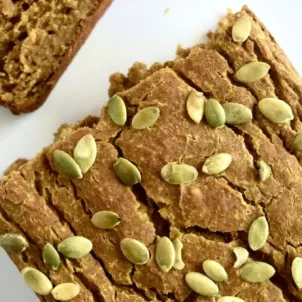
This Pumpkin Protein Bread Will Give You Glowing Skin and a Slim Waist

Everything You Need to Know About Losing Weight in a Safe, Sustainable Way
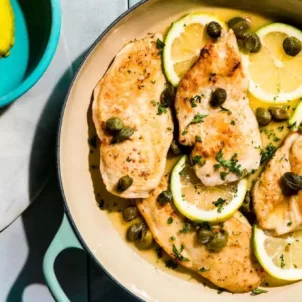
You Might Not Be Eating Enough Protein—Here’s How to Squeeze More In
